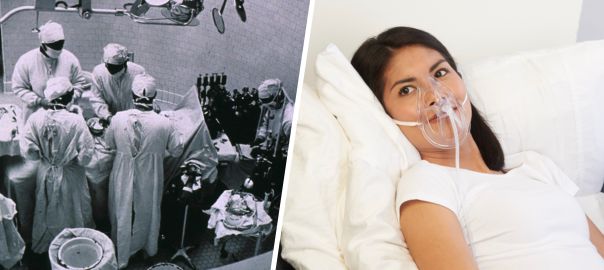As an industry in continuous evolution, healthcare faces new and complex challenges every day. Renowned Canadian health journalist André Picard recently provided a thought-provoking analysis of the current state of Canadian healthcare, describing it as an “implementation crisis”. He noted that while we have the solutions to improve our healthcare system, the issue lies in our reluctance to change and implement those solutions effectively.
With this context, this article aims to examine these challenges more deeply, taking cues from Picard’s insights, and propose a potential part of the solution – Southmedic’s Oxy2Mask. This innovative tool could serve as an example of the technology and steps necessary to advance the Canadian healthcare system into the 21st century.
Picard’s Analysis of the Problem
André Picard has done an exemplary job in outlining the current issues in the Canadian healthcare system. He emphasizes that the crux of the problem is the discrepancy between the demand for 21st-century healthcare and a delivery model still rooted in the 1950s. This isn’t about the quality of care available, nor the advancements in medical technology, but rather, about the system’s failure to adapt and integrate these elements effectively.
Picard likens the situation to owning an Edsel when what we need is a Tesla. An Edsel, a car model from the 1950s, might run, but it lacks the efficiency, comfort, and technological advancements of a Tesla.
Similarly, our healthcare system, although functional, fails to deliver the efficient, high-quality care we need in the 21st century. But what does this mean exactly?
Picard explains that our present system is designed to deliver care predominantly in hospitals and primarily by physicians. This model might have worked in the mid-20th century when acute injuries and childbirth were the main health issues, but with today’s aging population and the predominance of chronic illnesses, this model is inadequate. The system needs to change to accommodate home care, long-term care, prescription drugs, and other health services not considered “medically necessary” under the current definition.
However, the real crisis, as Picard points out, is not the recognition of these needs, but the reluctance to implement the solutions to address them. Over the years, countless reports and recommendations for healthcare reform have been generated, but there has been a marked lack of courage to act on these proposals. As Picard says, this isn’t a healthcare crisis per se but an implementation crisis.
In essence, Picard’s argument is a call to action: Canadian healthcare needs to evolve from its outdated model to become a system that is responsive, adaptive, and capable of meeting the needs of the 21st-century population. The challenge lies not in identifying the solutions but in the courage and determination to implement them effectively.
New Technology Is Part of the Solution
As we contemplate the future of Canadian healthcare, technological advancements like Southmedic’s Oxy2Mask serve as beacons of innovation that can help to bridge this implementation gap.
Oxy2Mask, developed by Southmedic, is a revolutionary product that embodies the potential of 21st-century medical technology. The mask offers a unique open-design that permits unrestricted communication, easy access for other therapies, and a wide range of oxygen delivery, between 24-90% FiO2, thereby increasing patient comfort and efficiency of care.
For respiratory therapists, this innovation is a game-changer. Oxy2Mask’s flexibility means it can replace up to 4 conventional mask types, simplifying processes and reducing inventory. With its 4 sizes to choose from, Oxy2Mask fits virtually every patient, making it versatile across diverse patient demographics.
Oxy2Mask’s open design means the patient is less at risk for rebreathing their own carbon dioxide, no matter what oxygen flow rate is being used, making it safer for the patient. And with its broad range of FiO2, Oxy2Mask is a tool that’s easy to use and titrate in the hands of many healthcare professionals without the need of setting up multiple, outdated, possibly error-prone devices. Oxy2Mask has the potential to save our overburdened clinicians a little bit of time in their workday, allowing them more bedside time needed with their most critical patients.
By enabling more efficient and patient-centred care, Oxy2Mask effectively responds to many of the challenges highlighted by Picard. It embodies the move away from a ‘one-size-fits-all’ model to one that is adaptable and responsive to individual patient needs, aligning with the evolving direction of healthcare.
The adoption of advanced, versatile tools like Oxy2Mask can be seen as an active step toward overcoming the implementation crisis in Canadian healthcare. Oxy2Mask and similar medical innovations represent a way forward, embracing innovation and flexibility to meet the demands of 21st-century care.
Next Steps: A Better Way
André Picard’s enlightening insights into the Canadian healthcare system have emphasized the disconnect between our current healthcare model and the requirements of 21st-century care. Rather than facing a healthcare crisis, he asserts that Canada grapples with an implementation crisis, with a wealth of solutions at our fingertips yet a shortfall in the courage and initiative needed to action them.
In addressing this impasse, innovative technologies like Southmedic’s Oxy2Mask emerge as a potent remedy. Oxy2Mask embodies the sort of flexible, patient-oriented approach that the future of healthcare demands. Its unique design fosters efficiency and accessibility, easing the workload of healthcare professionals while improving patient comfort and outcomes.
This type of forward-thinking innovation is precisely what our healthcare system requires to transition out of its outdated framework and into the modern era. As Oxy2Mask has demonstrated, it is entirely possible to marry efficiency with patient-centricity, to adopt methods that not only streamline processes but also significantly enhance the quality of care.
To reimagine the Canadian healthcare system, we must be bold. We need to push past the confines of tradition and bureaucratic inertia and embrace the tools and strategies that align with our evolving healthcare landscape. Oxy2Mask offers us a glimpse into the kind of technological innovation that can drive this transformation.
This article, informed by André Picard’s critical analysis, serves as a call to action for stakeholders within the Canadian healthcare sector. It’s high time we traded our healthcare ‘Edsel’ for a ‘Tesla,’ championing and implementing advancements like Oxy2Mask that hold the potential to revolutionize care delivery.
The solutions are within our grasp; it’s the courage to implement them that we must muster.
By embracing these innovations, we can help the Canadian healthcare system shed its 1950’s model and step confidently into the 21st-century care we are all worthy of receiving.

